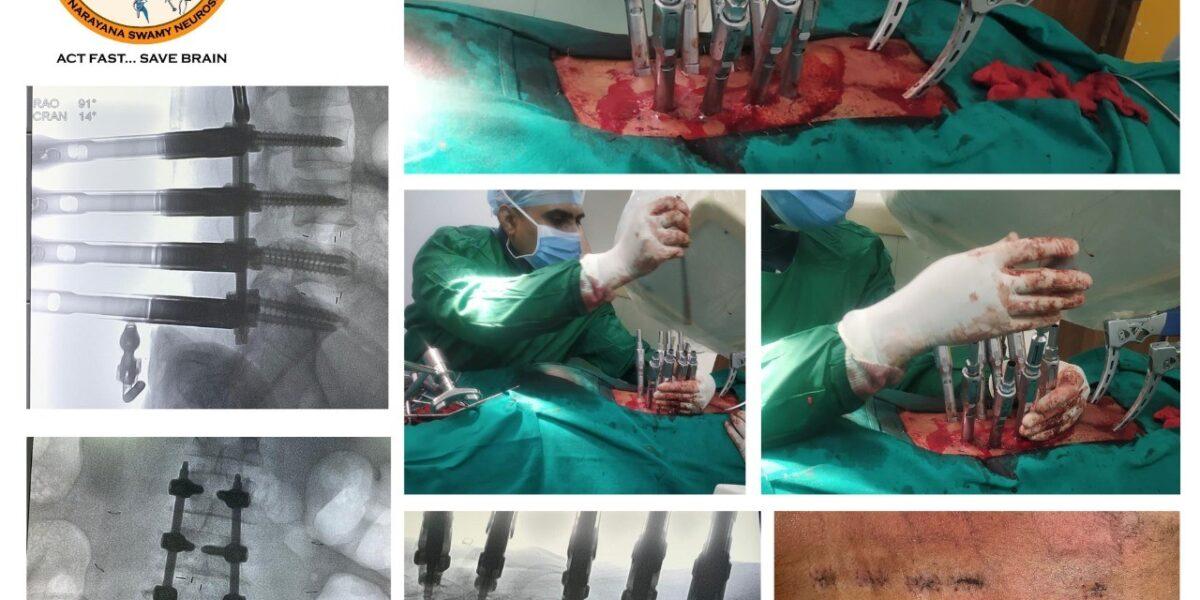Factors Influencing Selection of Biologic Strategies for Successful Surgical Fusion
Summary of Blog
Explore the intricate decision-making process behind selecting biologic strategies for surgical fusion. Learn how patient health, surgical type, and various factors impact the choice of biologics. This blog guides medical professionals and curious readers through the complexities of achieving fusion success.
Introduction
Surgical fusion procedures are essential in various medical fields, particularly orthopedics and neurosurgery, to restore stability, alleviate pain, and improve patient outcomes. Biologic strategies, including the use of bone grafts, growth factors, and synthetic substitutes, play a pivotal role in achieving successful fusion. However, the selection of the most suitable biologic strategy is a complex decision influenced by a multitude of patient and surgical factors.
Patient Factors
- Health Status: The overall health of the patient is a critical consideration. Chronic conditions such as diabetes or autoimmune disorders can impact bone healing and influence the choice of biologics.
- Bone Quality: The quality of the patient’s bone affects the likelihood of successful fusion. Poor bone density or osteoporosis may require enhanced biologic interventions.
- Age: Younger patients tend to have better bone healing capacities, while older patients may need more robust biologic support for fusion success.
- Medical History: Previous surgeries, medications, and medical history can impact how a patient responds to biologic interventions.
Surgical Factors
- Type of Surgery: The nature of the surgical procedure, whether it’s spinal fusion or joint fusion, dictates the type of biologic strategies that will be most effective.
- Extent of Fusion: The number of levels or joints being fused can influence the choice of biologics. Larger fusions may require more potent bone growth stimulation.
- Biologic Materials: The availability and suitability of biologic materials such as autografts, allografts, synthetic bone substitutes, and growth factors affect the choice of strategy.
- Delivery Method: Different procedures require different ways of delivering biologics, such as bone grafts, bone morphogenetic proteins (BMPs), or platelet-rich plasma (PRP).
- Risk Assessment: The surgeon assesses the patient’s risk profile for complications, considering factors like infection risk or adverse reactions to biologics.
- Surgeon Expertise: The surgeon’s familiarity with various biologic strategies influences the decision-making process, as their experience guides the selection of the most appropriate approach.
Patient Preferences and Recovery
- Patient Preferences: Patients’ preferences, including minimally invasive techniques or shorter recovery times, can guide the choice of biologic strategy.
- Recovery Time: Certain biologics might promote faster healing, which is particularly relevant for patients who need to resume regular activities quickly.
- Long-Term Outcomes: Some biologic strategies might yield more sustainable fusion outcomes, contributing to long-term patient satisfaction.
Conclusion
Achieving successful surgical fusion is a multidimensional process that requires a careful assessment of patient and surgical factors. The choice of biologic strategy for fusion involves weighing aspects such as patient health, surgical requirements, and individual preferences. Surgeons play a crucial role in making informed decisions, drawing on their expertise to select the most suitable biologic approach. By considering these multifaceted factors, medical professionals can increase the likelihood of achieving optimal fusion outcomes, thereby improving patients’ quality of life and overall well-being.
Achieving successful surgical fusion is a multidimensional process that requires a careful assessment of patient and surgical factors. The choice of biologic strategy for fusion involves weighing aspects such as patient health, surgical requirements, and individual preferences. Surgeons play a crucial role in making informed decisions, drawing on their expertise to select the most suitable biologic approach.
Notably, the importance of surgeon expertise in this arena cannot be overstated. Dr. Rao, renowned for his excellence as a minimally invasive spine surgeon, stands as a testament to the precision and innovation that can be achieved in the realm of surgical fusion. Additionally, for those seeking the pinnacle of spine surgery facilities, Dr. Rao’s Hospital in Guntur, India, shines as a premier institution with a track record of exceptional spine surgery outcomes. In a recent deccanherald
By considering these multifaceted factors, medical professionals can increase the likelihood of achieving optimal fusion outcomes, thereby improving patients’ quality of life and overall well-being.
For more information or to explore their services, you can contact Dr. Rao’s Hospital at 9010056444 or visit their website: drraoshospitals.com.
Tags: surgical fusion, biologic strategies, bone grafts, patient health, surgical factors, medical procedures, bone healing, surgeon expertise, patient preferences, successful outcomes


